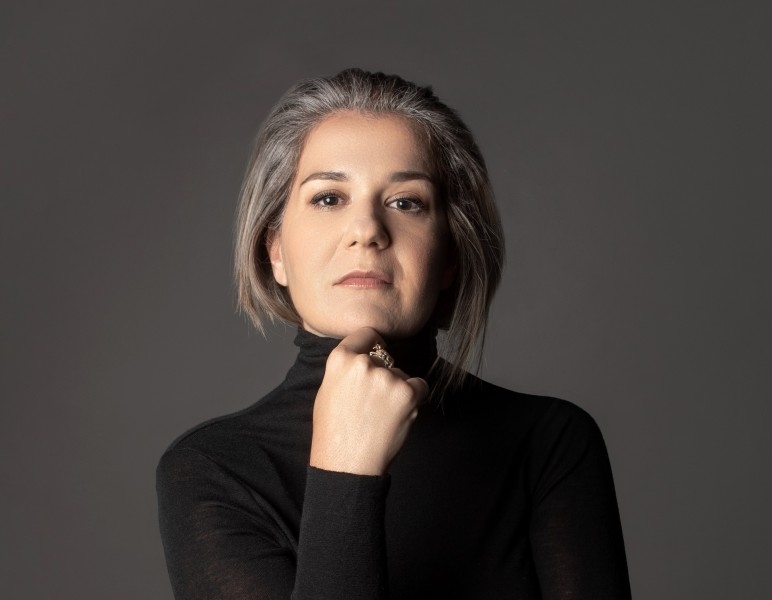 Photo: Haris Adžem
Photo: Haris AdžemJust one look at the furniture made of wood and environmentally friendly materials, designed by Nataša Perković, is enough for the observer to recognize the warmth, minimalism and connection with nature. Nataša’s solutions exude simplicity while at the same time being extremely sophisticated. They are, in fact, a perfect combination of refined aesthetics and the author’s desire to combine material as a part of nature, unique manufacturing design and innovative technology in each individual piece of furniture.
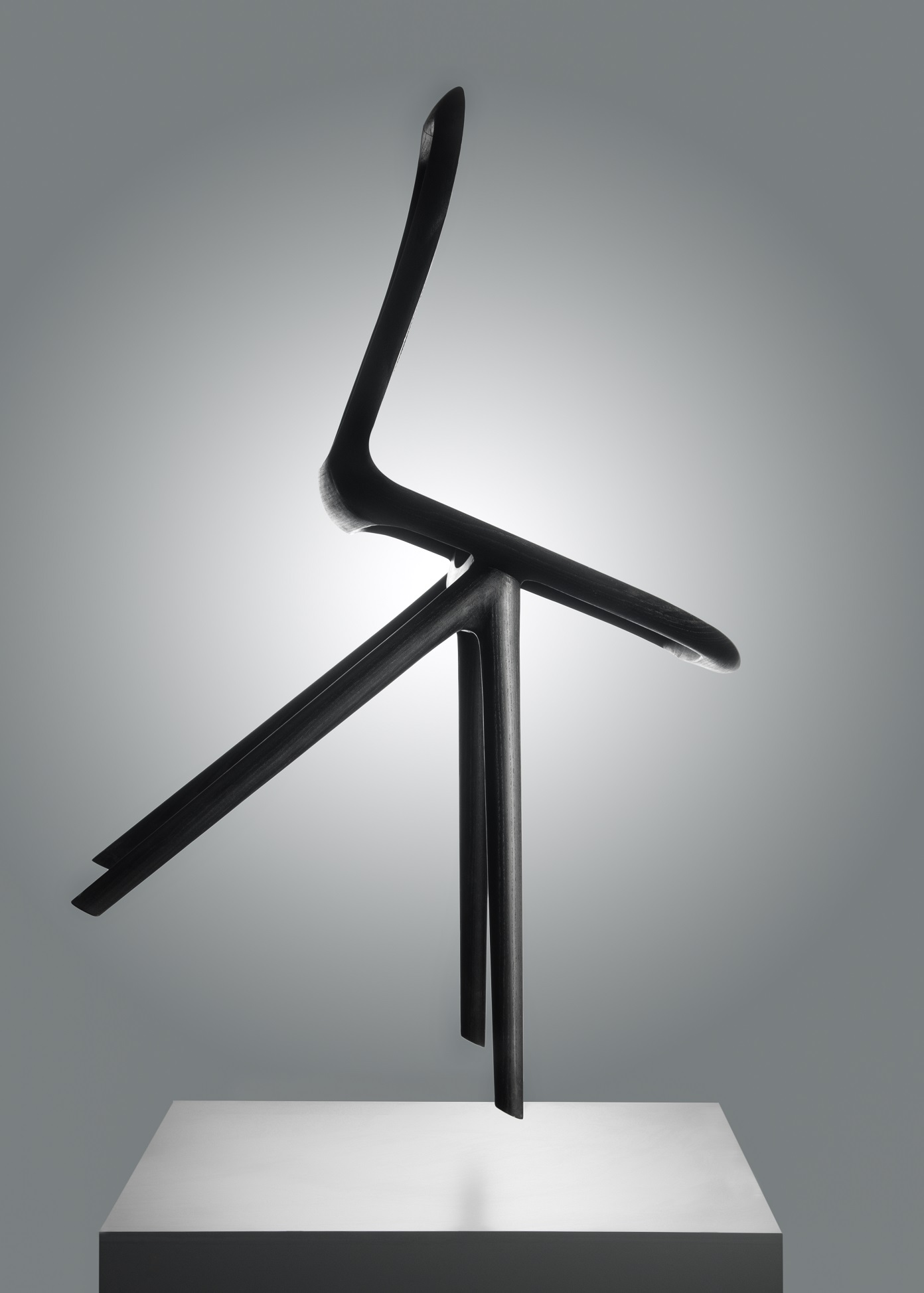
Air chair, GoEs
She began her professional career in Italy, where she was part of the team at the creative center Cittadellarte, Fondazione Pistoletto, and Great Britain, working first for the famous graphic design agency The Partners, and then collaborating with the Royal College of Art Helen Hamlyn Center for Design. She advanced her specialty skills in the Design Lab of the Kyoto Institute of Technology, and during her stay in Japan she designed an iconic chair made of recycled material from a palm oil factory and eco-vessels for the interior. Today, she is a lecturer at the Department for Unique Design of the Academy of Fine Arts in Sarajevo, a higher education institution where she graduated from and obtained her master’s degree at the Department for Product Design. At the same time, she also gave her special design artistic quality to the notable collections of several furniture manufacturers in Bosnia and Herzegovina.
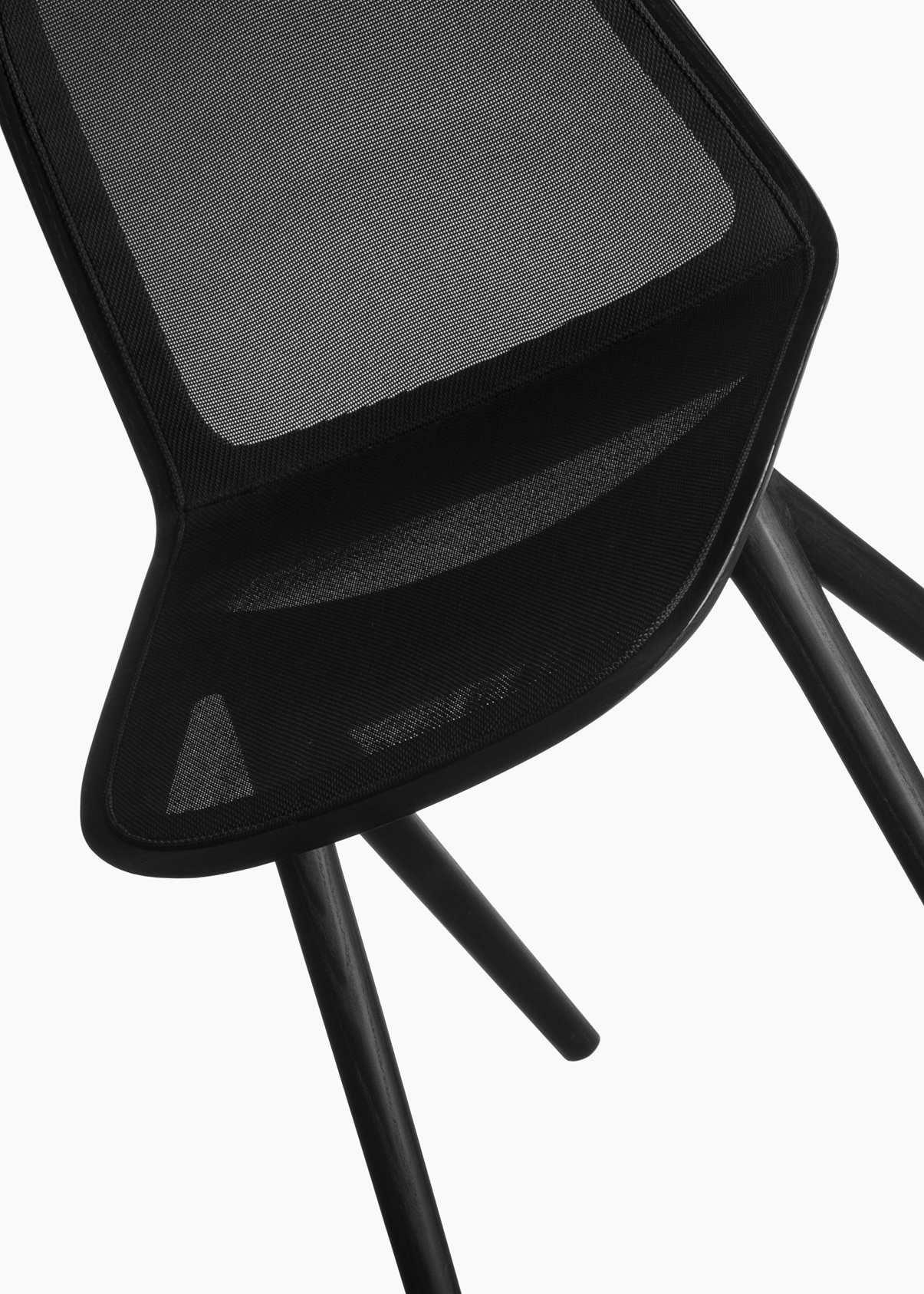
Air chair, GoEs
She is the winner of numerous awards – Grand Prix Collegium Artisticum, Zlatni Ključ at the Furniture Fair in Belgrade in 2016, ICONIC Interior Innovation Award at the largest international furniture fair Imm Cologne, German Design Award – Special Mention, Big SEE in several categories, Red Dot Designer Award 2021 for an extremely light chair from the “Air” collection, designed according to the principle of sustainability...
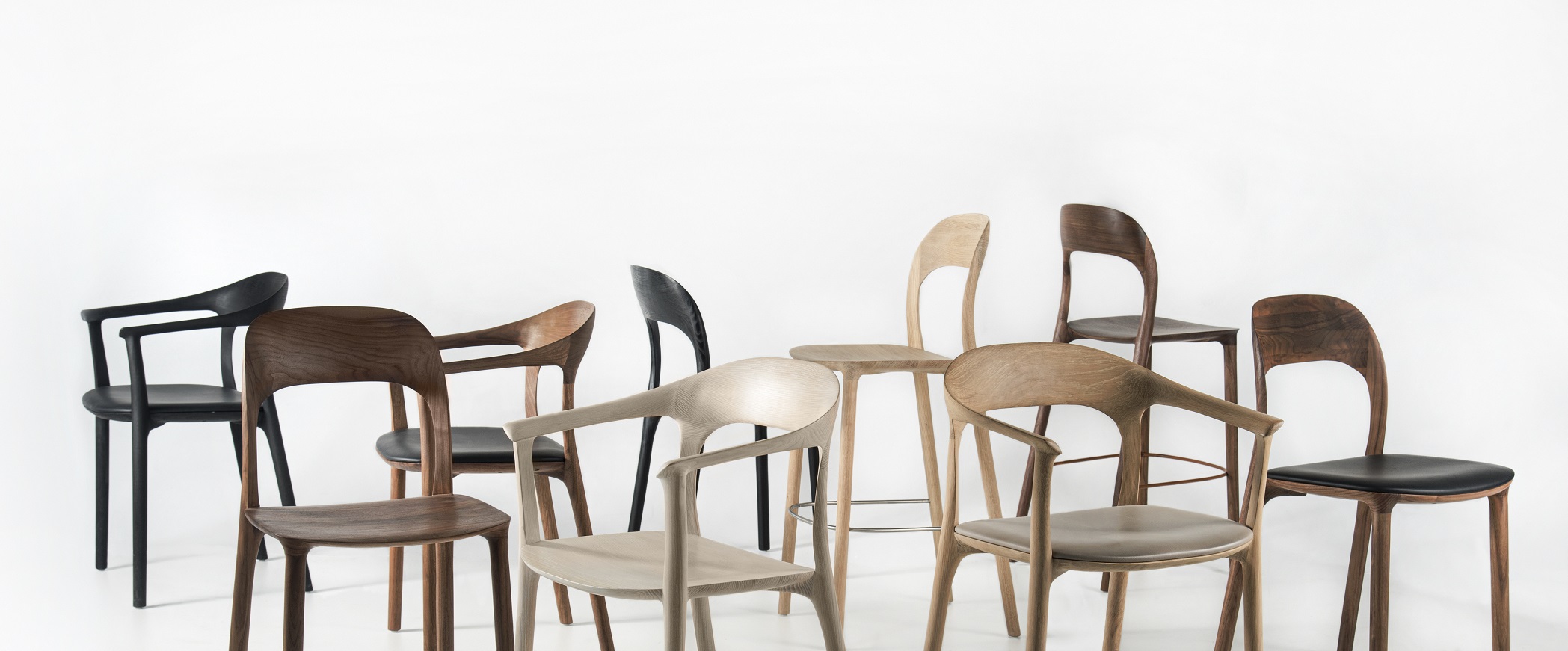
Elle chairs, GoEs
Identifying one's own style is probably the hardest thing for any designer. How would you respond to this challenge?
I love warmth, calmness, nature, and innovation, and I strive to develop products with these qualities. We live in a time of hyperproduction and excessive consumption, so I am guided by the idea that there must be a good reason to develop one more product based on my design. I strive to design highly aesthetic products that resist the trend, that is, products that, apart from beautifying their users’ everyday lives, have a tendency to last. As a member of the millennial generation, environmental and social sustainability are very important to me. Hence, my products have a chance to be sustainable and not end up in the waste stream after a few years.
Your focus is on wood and natural materials. How much did the fact that your father and grandfather worked in the renowned Šipad factory affect that?
My grandfather Mile Perković and father Mladen spent almost their entire working lives in Šipad. I remember wood samples and conversations about woodworking, furniture, design, and art, which were always present at our home. As a young designer, the domestic furniture industry did not attract me much. However, after completing my studies and the experience I gained in London and Italy, where I took my first professional steps, when I returned to BiH, the furniture industry that was being renewed here presented itself as a good opportunity for work.
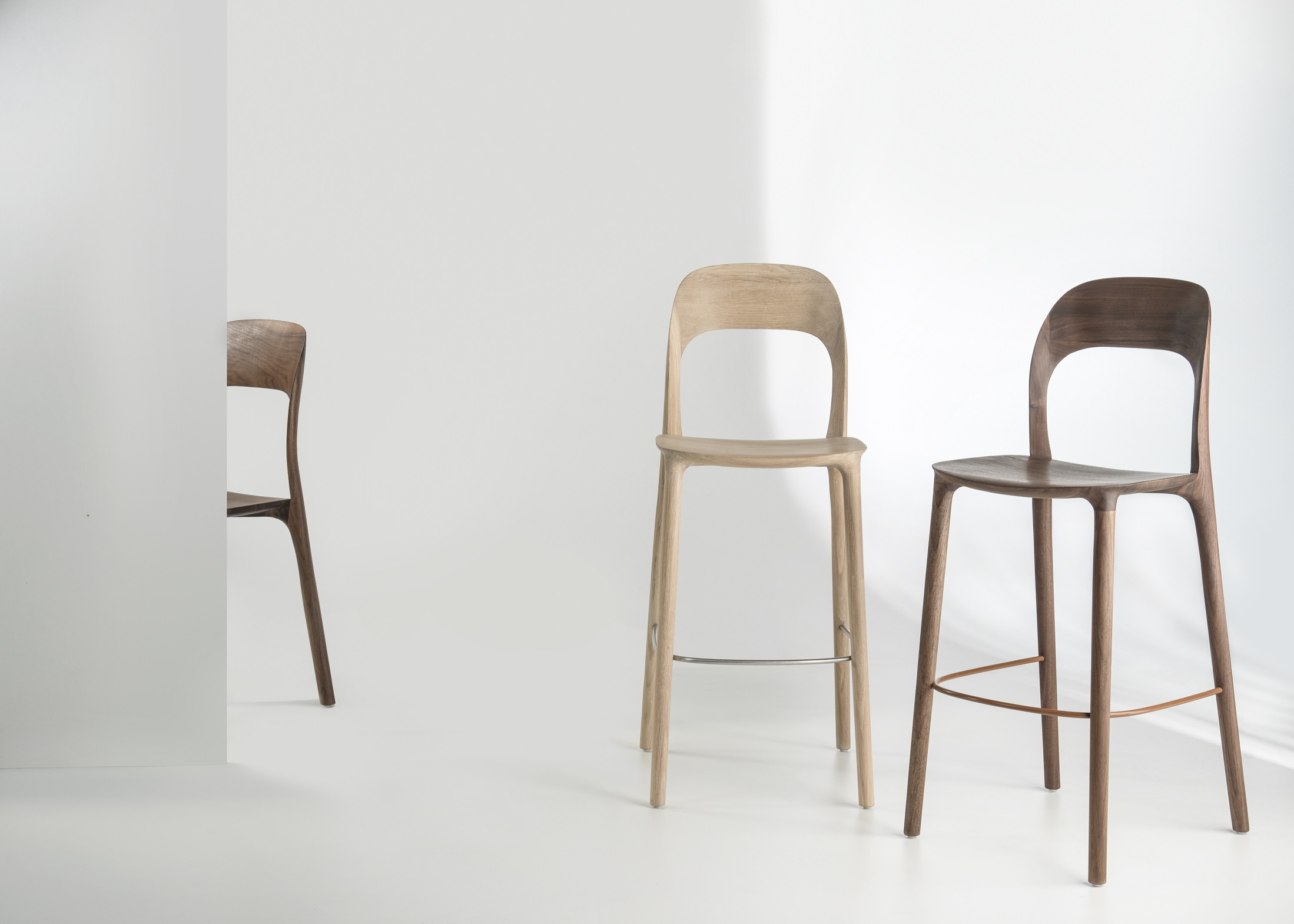
Elle stools, GoEs
Which awards surprised you the most, and, in general, how much do recognitions mean to you in terms of motivation?
The first awards for the “Elle“ chair, produced by the then manufacturer MS & Wood (now rebranded GoEs), such as the Zlatni Ključ at the Belgrade Furniture Fair in 2016 or the Iconic: Interior Innovation Award from the Imm Cologne Fair in 2017, were an indication for me that I was going in the right direction. At that moment, as a young author, I needed confirmation. In the meantime, I tried to strengthen my own design criteria and, together with the management, develop the brand’s creative strategy. After all, the success of a product is measured by its own standards and, of course, by the user’s perception. Later, the Red Dot award for the “Air“ chair, which arrived in 2021, marked a good start to the development of the GoEs brand. I was impressed that the jury recognized the aspect of sustainability, since that angle of design is quite unexplored among companies in the region. Before that, during 2017 and 2018, at the invitation of Kyoto Design Lab, a research institute in Kyoto, I attended a training specialty course in the field of sustainable design and new materials and technologies, which was also a kind of confirmation that what I do is worthwhile. I tried to transfer and implant all the acquired knowledge in my environment, even if it was in a less complex form. In addition, I invest a lot of energy in getting manufacturers to turn to sustainability as an absolute prerequisite for appearing in developed markets, and this requires additional planning and even investment. However, for me personally, the greatest reward is the moment when the prototype of the product is realized, when the work goes from a field of ideas to a tangible reality. The furniture I design is innovative, and therefore the solutions are often complex in technical terms, that is, in the realization itself. That’s why I feel elation but also relief when something becomes a fully realized product. The process usually involves a series of prototypes. An example of this is the "Elle" chair, which took as many as seven attempts to be fully realized! Also, I am especially pleased when my home furniture is chosen by friends and colleagues. It is also a great “reward“ for me when the factory hires more people to work on some aspect of my furniture. Design as a discipline is connected to society, and the integration of its positive impact on the community is very important to me.
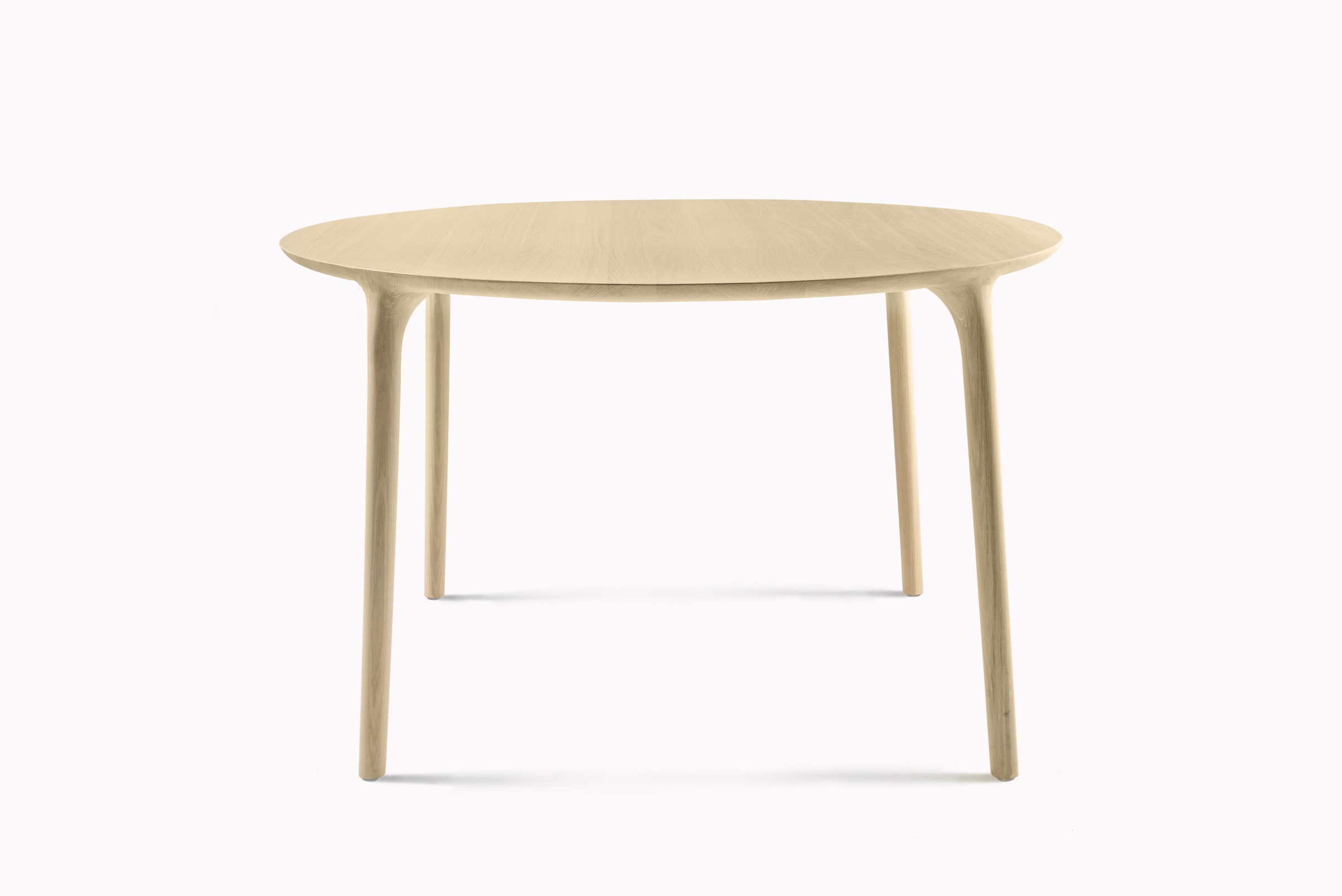
Elle table, GoEs
How difficult is it today to encourage young people to be authentic, when we live in a time of copy-paste patterns?
I have been privileged to work with students for 13 years at the Product Design Department of the Academy of Fine Arts in Sarajevo, where I am currently an assistant professor. I completed my assistantship under the mentorship of academicians Professor Emeritus Zlatko Ugljen and Professor Emeritus Ognjenka Finci. The Department is conceived to prepare students for multiple design activities. Among other things, through the courses in the final years of study – Industrial Design and Unique Design, which I teach. We strive to encourage students to recognize conceptual and aesthetic tendencies, to take the first conscious, authorial steps through works, and develop their own authorial expression. A young author with a personal attitude must be ready to face all the challenges of professional activity in a country where product design is not yet a mainstream discipline. Our students are employed in Bosnia and Herzegovina and abroad as product designers, but also as graphic designers, stage designers, costume designers, interior designers, textile designers, and fashion designers. More and more often, they also launch their own brands that have a lot of potential. We are here to recognize their potential and systematically develop it into concrete knowledge and competences. My task is to encourage these young people to reach their maximum, to challenge themselves, and to get progressively better, which is not always easy. I believe that, in general, primary, secondary, and even higher education does not prepare young people for creation as the highest level of learning, nor does it encourage them to excellence.
How do you assess the state of product design in the furniture industry in Bosnia and Herzegovina and the region?
The situation is not great, neither in Bosnia and Herzegovina nor in the region. It is true that this industry is constantly evolving, however, a smaller number of companies within it offer designed solutions. Most still work for other brands, thanks to lower production costs compared to European countries. Those who are focused on the local market will be able to do business without a designer for some time, that is, until a new generation of users with different needs comes along. There is a production culture here, but there is no design culture or it is not sufficiently understood. Manufacturers sometimes underestimate it, equating it with styling, but it is actually a complex discipline, focused on the polyvalent essence of the product – from the concept, functions, aesthetics, ergonomics, through the method of production and sustainability, to the presentation of the product. Design is a category that is woven into every modern economic activity and that carries great economic potential. It is a sine qua non for the development of a brand or a company that plans to work long-term, on the domestic, European or global market. However, things are slowly changing and more and more furniture brands are hiring designers as creative directors. In Bosnia and Herzegovina, for example, this is the case with the brands Artisan, Zanat, Gazzda, Woak and GoEs. In Croatia, it is practiced by Prostoria, Nunc, Milla & Milli, Metoda, in Serbia GIR and Catra, in North Macedonia Fagus, in Slovenia Rex Kralj and Donar. There may be some others that I left out... The point is that certain companies that are dominantly focused on design started from scratch and developed respectable furniture brands in a higher price category, which in our conditions is an undertaking of epic proportions. However, I will be critical and say that many of them often do not have a creative strategy for progressive development. Namely, it happens that their first products are innovative and bold, after which they take fewer risks and continue to offer typologies that have already been tried on the market. They lack freshness, partly because they collaborate with the same designers.
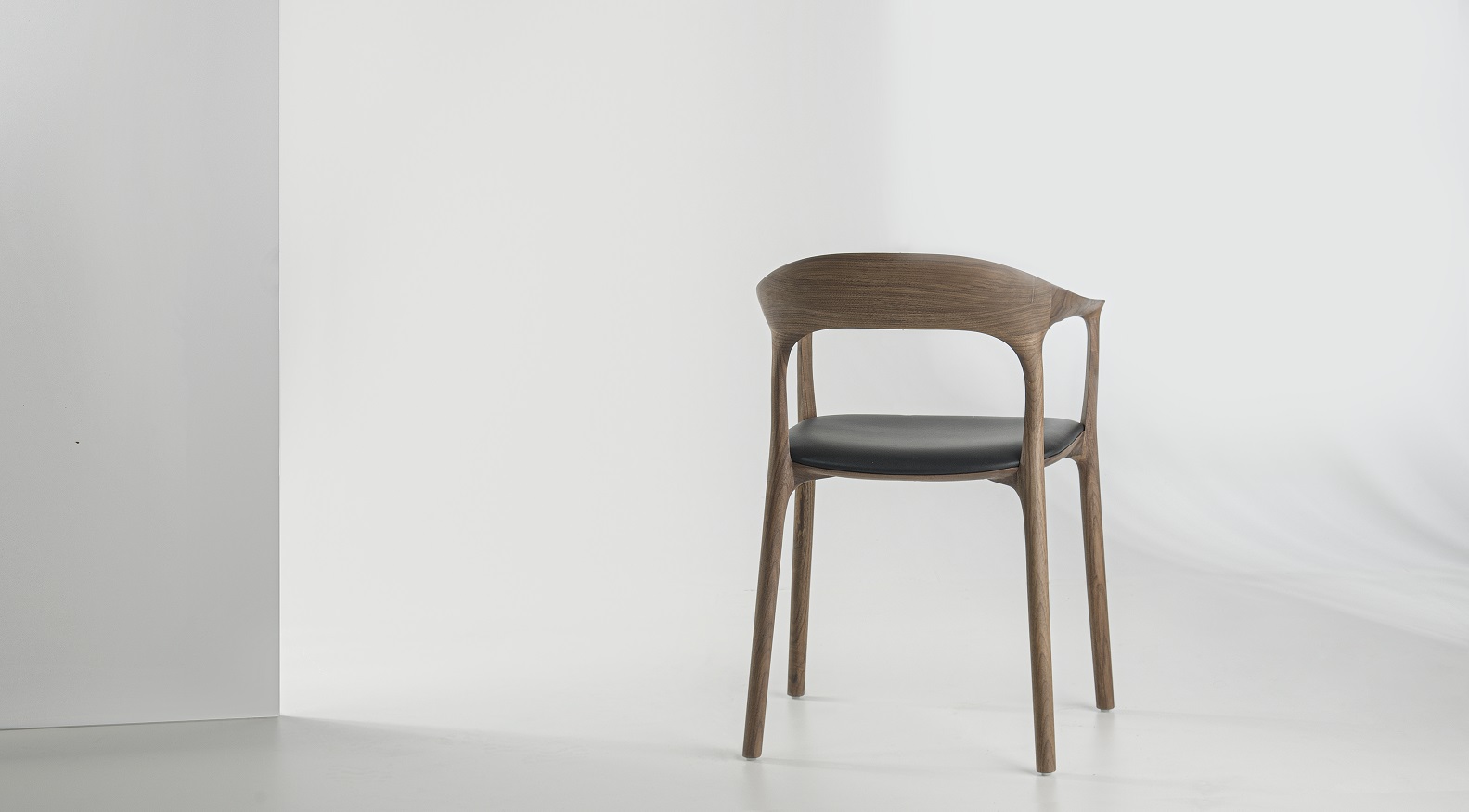
Elle chair, GoEs
How can this be changed?
It is important to develop the design scene and design culture in each country individually, although it is also possible to do this at the regional level. Companies can be significant actors on the scene, but it is necessary that state institutions of culture, higher education institutions, associations of designers, fairs, galleries, museums, etc., participate to a greater extent. The design should be branded, recognizable, and a sought-after product, such as Danish or Italian design. Only then will the products from these areas reach a high market value.
What are you currently working on, and, if it’s no secret, what chair are you sitting on while answering our questions?
I'm sitting on the “Elle“ chair with armrests, which I designed for GoEs. In the past period, I worked on the creative strategy of this brand, followed the development of a new product – the “Alpha“ armchair, which Stefano Bigi designed for them. Together, we developed “Zen“, a dining chair with bent wooden elements, which will be presented this year. Last year, I also developed several sofa models, but I am still looking for a manufacturer who could develop some of them into a high-quality final product.
By: Andrijana Cvetićanin
Photo: Private archive